I have a signal which I want to remove the basline drift using the picewise cubic spline algorithm in MATLAB.
d=load(file, '-mat');
t=1:length(a);
xq1=1:0.01:length(a);
p = pchip(t,a,xq1);
s = spline(t,a,xq1);
%
figure, hold on, plot(a, 'g'), plot(t,a,'o',xq1,p,'-',xq1,s,'-.')
legend('Sample Points','pchip','spline','Location','SouthEast')
But I cant see any basline removal..The orginal data is exactly on the interpolated one.
or in the other signal as we can see no base line is removed.

The question is how I can "use peicewise cubic spline interpolation to remove basline drift" in MATLAB.
Thank you

